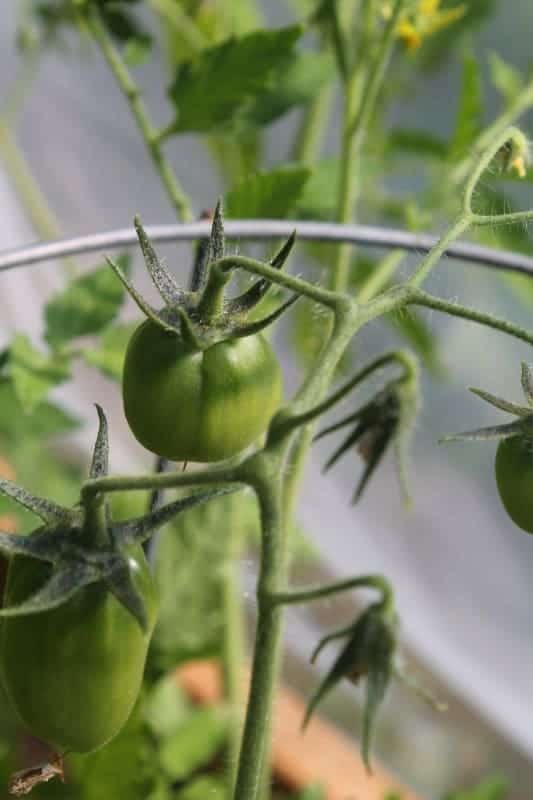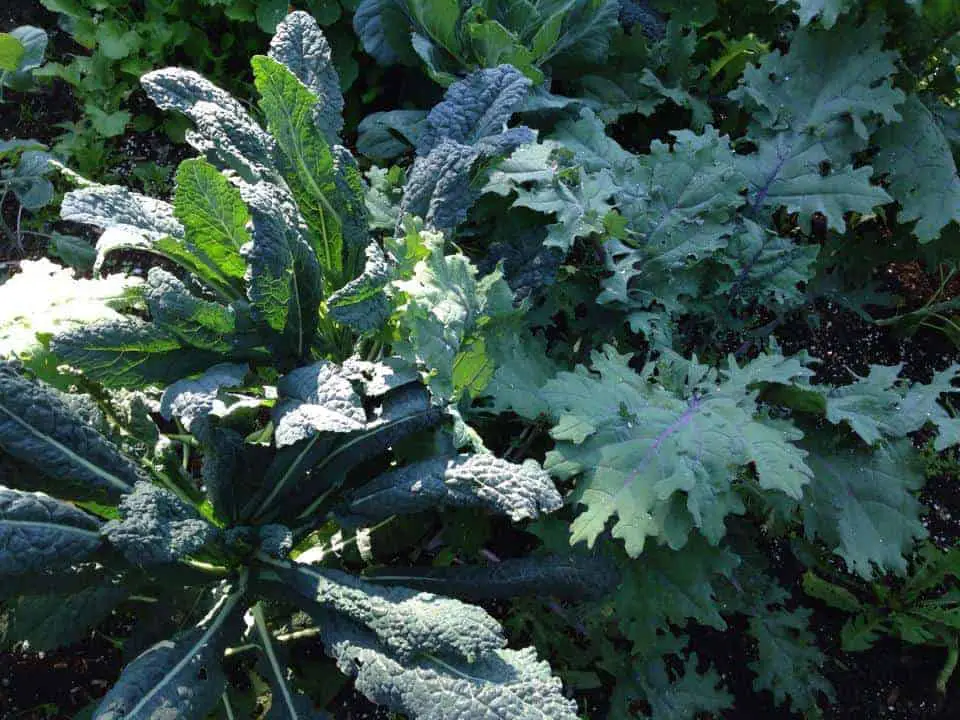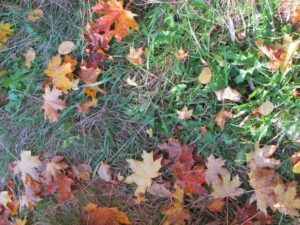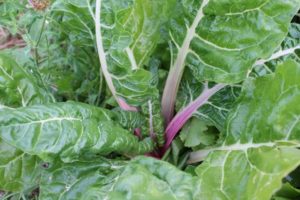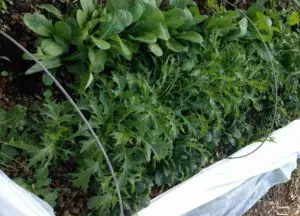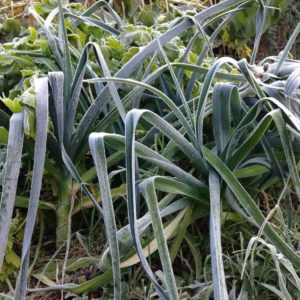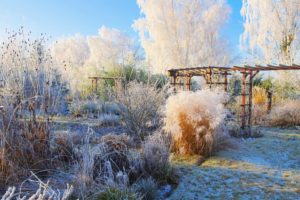Growing a 3 season perennial garden is a great way to get more from your garden. You might need to use season extenders if you live in a cooler climate, but most of the cool-season crops can handle light frosts and recover.
This rectangular 3 season perennial garden plan is an example to give you an idea of what you can grow in the spring, summer, and fall. Depending on the type of climate you live in, your fall garden could extend into winter.
3 Season Garden Plan: Spring
Tip for your Spring Garden
Even though the spring garden beds are ‘pre-crops’ to your summer crops, you will still need to make space within a couple of months for the main season crops. The best thing to do is pull up a few plants, transplant or direct seed your warm season crops, then leave the rest of your spring crops until the summer crops need more root space and/or they’ve bolted (gone to seed with the heat).
3 Season Garden Plan: Summer
Tip for your Summer Garden
Make sure you amend your garden beds with more compost or fertilizer before sowing your fall crops as your summer crops will of used up a lot of the soil nutrients.
3 Season Garden Plan: Fall
Tip for your Fall Garden
You might need to use season extenders in the fall as heavy frosts will affect your cool season crops. The lettuce, mustards & radishes will be more susceptible to frost damage; the arugula, spinach and kale can handle more frosts and even a little snow. It really depends on the variety too, be sure to select better cold resistance when choosing your seeds for fall and winter gardening.
Conclusion
Growing a 3 season perennial garden might take a little practice and playing around with sowing and transplanting dates with your climate, but it’s very worth doing if you want to get more from your food garden!


